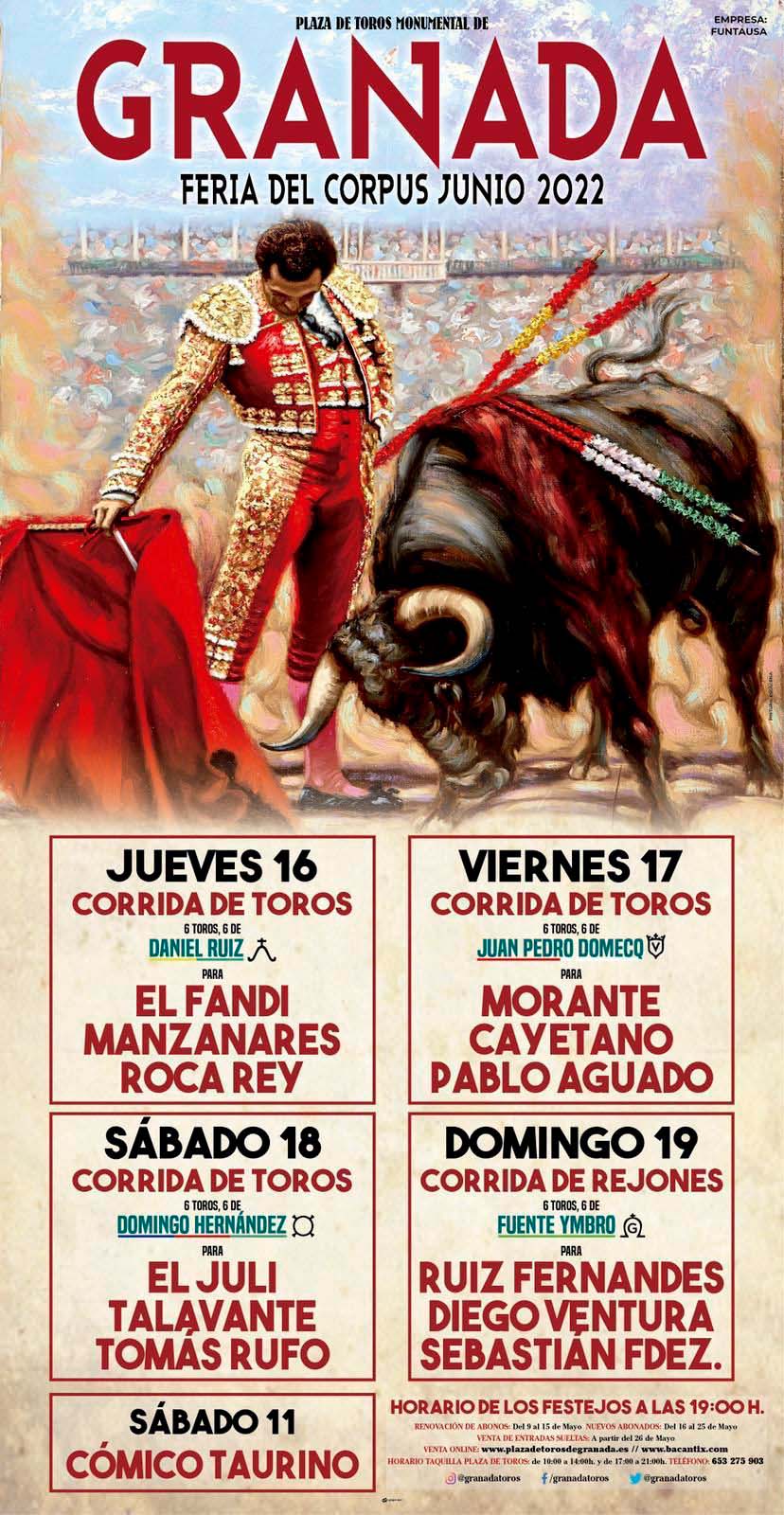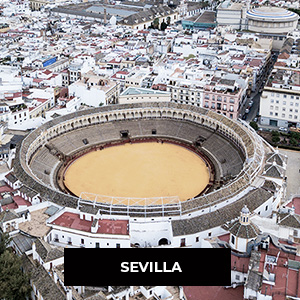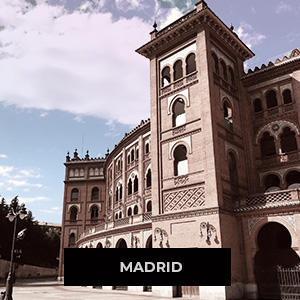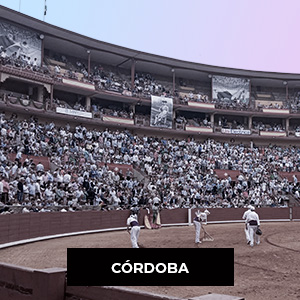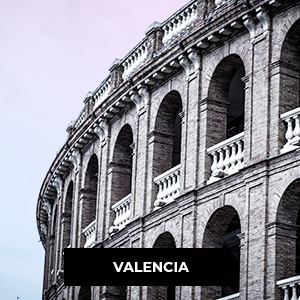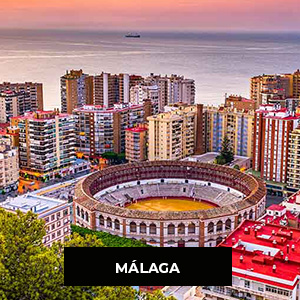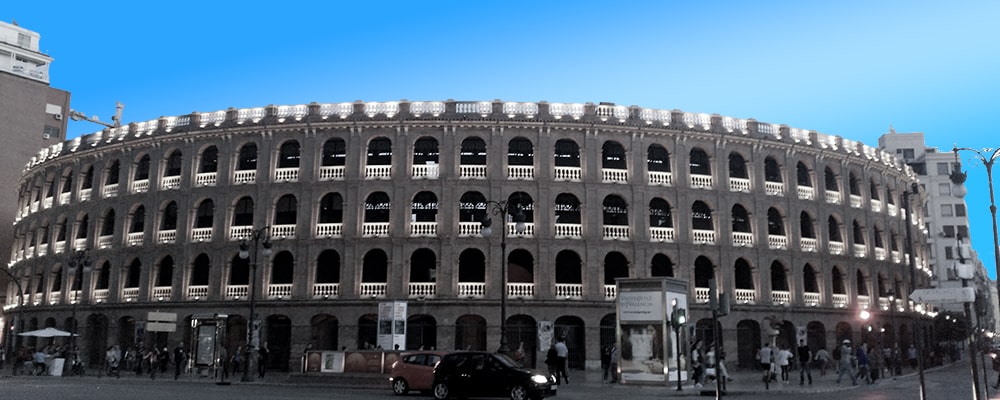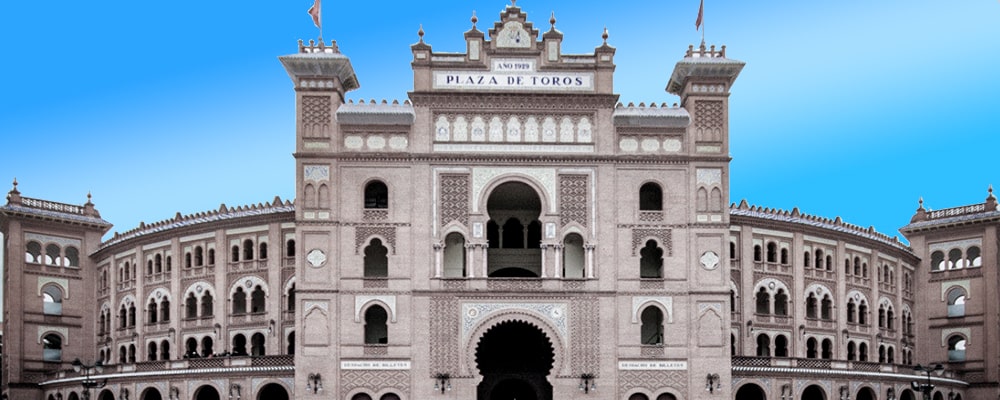- Home
- Bullfighting breaking news Granada
- Granada Tourism. So you are thinking about coming to Granada. You are in the right site!
Granada Tourism. So you are thinking of coming to Granada You are in the right place!
So you’re thinking of visiting Granada! You’re in the right place! We want you to fall in love with our charming city, just like we have. We go beyond the typical tourist sites and reveal the true secrets of Granada, those hidden corners and local experiences that conventional tourist guides often overlook.
From the majestic palaces of the Alhambra to the charming neighborhoods of Albaicín and Sacromonte, from the vibrant local markets to the tranquil hidden gardens, we’ll take you on an unforgettable journey through Granada’s rich history, vibrant culture, and stunning beauty.
But that’s not all. We’ll also provide you with practical tips and personalized recommendations to help you plan your visit, including how to get there, where to stay, what to eat, and much more.
So, if you’re ready to discover Granada like never before, join us on this exciting journey. Welcome to Granada, we await you with open arms!
Granada: A Journey Through Time
Granada, the jewel of the glorious Nasrid past, is a city of rich history and artistic beauty. It is here where Boabdil, the last Nasrid king, shed tears for “not having defended it like a true warrior”.
History
A primitive group of Iberian settlers settled in the hills where today the Albaicín neighborhood and the Alhambra are located. The war between Carthaginians and Romans culminated with the victory of the latter, which caused a significant change in the way of life of the inhabitants.
Granada played a crucial role in the Christianization of the Iberian Peninsula, as evidenced by the fact that it hosted the first council of the Spanish church around the year 300 AD. Later, with the decline of the Roman Empire, the Visigoths quickly conquered the town and turned it into a first-rate military fortress.
The Muslims initially established the settlement of Garnatha Alyejud, on the other side of the Darro River. Over time, the Arab influence was imposed to the point that both cities coexisted until they merged into one. In the midst of the hustle and bustle of the taifa kingdoms, the Nasrid dynasty rose to power in 1238 to found a new, splendid and modern city, which has lasted until our days.
In the year 1492, Boabdil handed over the city to the Catholic Monarchs on the condition that Arab customs and religion were respected. However, the royal promise was soon broken by imposing unsustainable economic conditions on the Arab inhabitants. As a result of the violation of the capitulation pacts, the Moriscos led the revolt of the Alpujarras in 1568. Philip II needed the help of his brother Juan of Austria, who managed to quell the definitive insurrection of 1571, to then expel the Muslim inhabitants of the city. Although some Moriscos maintained their economic level and their commercial permits, the decline of the silk industry in the 18th century led to the disappearance of all Muslims from the area.
After the War of Independence, during which Granada was occupied by Napoleonic forces, French tastes gave rise to modern treatments for parks, squares and gardens. Later, in the 20th century, the Civil War broke out. Once it was over, Granada knew how to take advantage of the monumental legacy that adorns its entire physiognomy to attract tourism to its streets.
What should you visit in Granada?
Lugares turísticos (y otros no tanto). Descubre todo lo que no te cuentan las guías
Despite being an extensive city, it is very easy for the traveler who arrives in Granada to orient themselves, as its most characteristic elements are visible from any part of the city. Moving by car can be complicated, due to the abundance of one-way streets and scarce signage. Therefore, an excellent way to explore this beautiful city is to take walking routes and discover, with the classic “without hurry but without pause”, its most surprising corners.
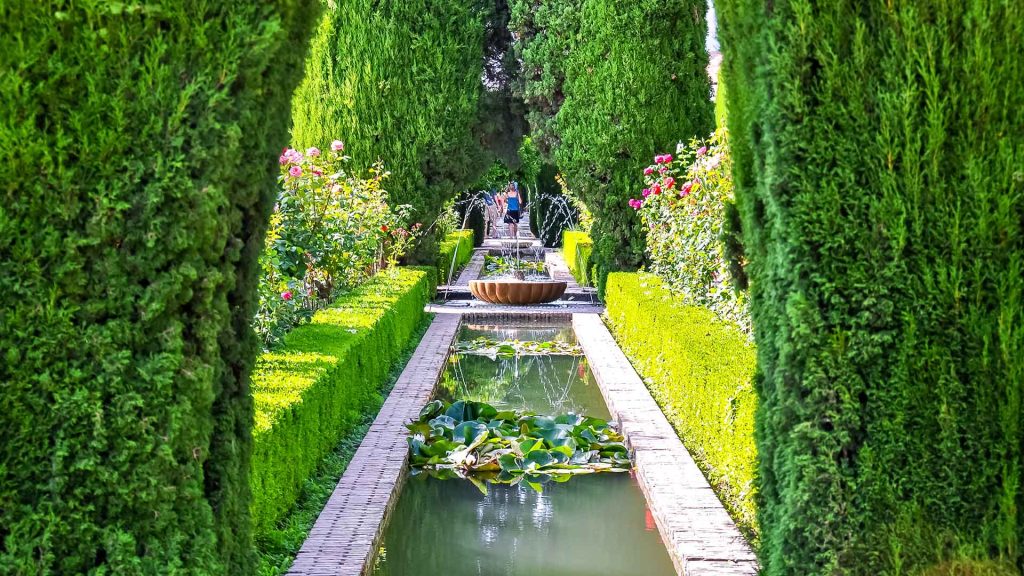
The Alhambra
To start any visit to the Granada capital, it is a good option to approach this representative symbol. The Alhambra in Granada is one of the most impressive monuments in Spain. Although it has not been declared one of the New Wonders of the World in a recent popular election, the fact is that the great charm it harbors attracts countless tourists. The monumental complex of the Alhambra is located on top of a hill, which can be accessed on foot, during a walk of approximately 25 minutes, or with one of the buses that leave from the city center.
Currently, the castle or “red fortress”, according to the meaning of its name in Arabic, due to the color of the clay and its striking night lighting, is an extraordinary non-religious Muslim construction. It is a walled complex built between 1238 and 1391, whose main virtue is the novel and original combination of elements and techniques already used previously. Its beauty, through its palaces and gardens, is also perceptible audibly, as the rumor of the fountains accompanies the visitor throughout the walk through the enclosure.It is also an Arab palace built in the Middle Ages and that still stands, since the Christians were captivated by its beauty and decided to restore it, instead of destroying and looting it. Inside it houses palaces, baths, a mosque, a fortress and, above all, peaceful gardens that manage to transport the visitor’s imagination to the time of the Arab domination of this territory.
There are four gates in the wall of the Alhambra, but it is the Justice Gate that currently welcomes and leads to the Alcazaba, the oldest part of the enclosure. The Nasrid palaces, which occupy the space intended for the residence of the emirs and the fortress, are the central part of the visit.
The best-known area of the entire complex is the Court of the Lions ‘Patio de los Leones’, which belongs to the Royal Palace. Built in 1377, in the time of Mohamed V, it presents a rectangular floor guarded by 124 columns of white Almería marble. Around it, the old private rooms of the sultan, from which 4 streams that converge in the center, contemplate the fountain of the Lions. These twelve beasts dating from the 11th century constitute an unforgettable image of the Alhambra.
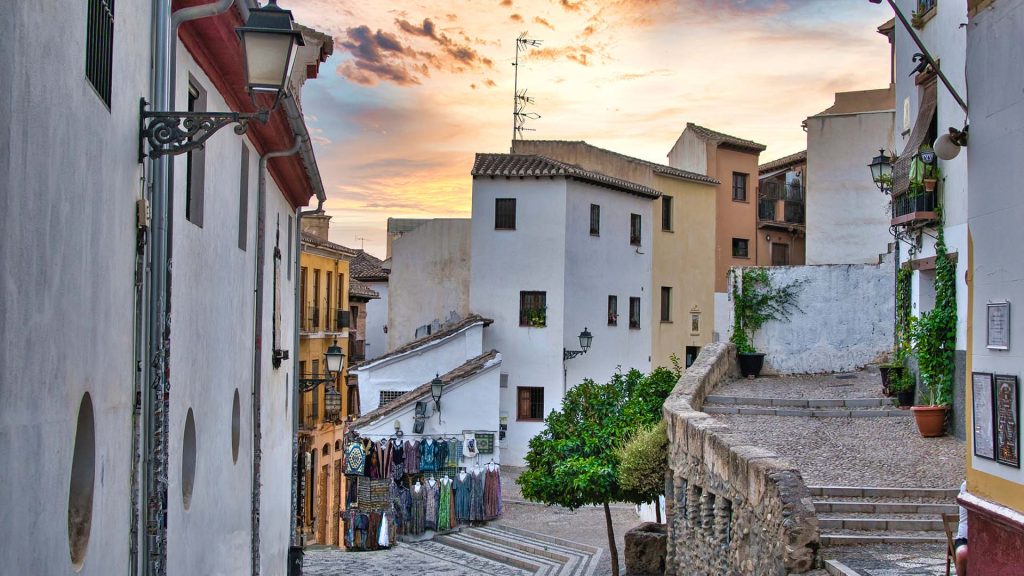
What to eat in Granada?
Granada’s cuisine is a melting pot of cultures. It has inherited the culinary wisdom of the various cultures that have marked its history. Arab and Jewish contributions combine to give rise to unique, elegant and often imaginative dishes. Depending on your appetite and the time you have, you can opt for papas a lo pobre (poor potatoes), migas (crumbs), una tortilla de Sacromonte (a Sacromonte omelette), unas saladillas con habas (saladillas with beans) or l remojón granadino de bacalao y naranja (the Granadian remojón of cod and orange).
In addition to the traditional and widely known habas con jamón (beans with ham), la olla podrida (the rotten pot), of Jewish origin, and the pot of San Antón, which is eaten according to custom on January 17, are typical.
Pastry also offers a wide variety of dishes such as cuajada de carnaval (carnival curd), soplillos de la Alpujarra (Alpujarra soplillos) and torta real de Motril (Motril’s real cake). Of great energy value are the Zafra bizcochada, the Encarnación pestiños and the San Jerónimo puff pastry.
As for restaurants, El Aguados is a grill located in the heart of Granada, in Plaza Romanilla 12. You will find the best roasted meats, always accompanied by the highest quality products and exceptional service. Another popular place is Los Diamantes – Navas, known for its fish. You can also try La Vinoteca, a tapas bar located on Almireceros Street 5 in the center of Granada. Here traditional and Andalusian cuisine merge with originality and innovation.

Why You Should Visit Granada During the Corpus Christi Fair
The Corpus Christi Fair in Granada is one of the most iconic and historic celebrations in Andalusia, making it an excellent reason to visit the city in June. Its origins date back to the 16th century, when King Ferdinand III of Castile conquered Granada and established this festivity in honour of the Blessed Sacrament. Over time, this celebration has become a cherished tradition, eagerly awaited by the locals.
For a whole week, the city is transformed into a burst of colour and joy. The streets come alive with a mix of cultural events, including the renowned bullfights, which share the spotlight with the beautifully decorated marquees and the attractions at the fairgrounds. This festive atmosphere, both during the day and at night, offers a unique, immersive experience.
Elegant carriages adorned with great attention to detail, carrying people dressed in traditional costumes, add a touch of sophistication and authenticity. The sound of flamenco fills every corner, and the meticulously decorated marquees create an environment brimming with the spirit of Granada.
The 2025 edition of the Corpus Christi Fair will take place from the 14th to the 21st of June, with the main day on the 19th of June. The iconic Tarasca, a symbol of the fair, will mark the beginning of the most anticipated festivities on the 18th of June. Visiting Granada during Corpus Christi is undoubtedly an opportunity to experience an unparalleled cultural and festive event.
Bullfighting tickets reservations
Official box office for bullfighting tickets. Get the best seat by buying your tickets in advance. calendar of shows, prices and seats.
Buy tickets
Comunicación Servitoro
- 08/05/2024
- No comments
BLOG GRANADA
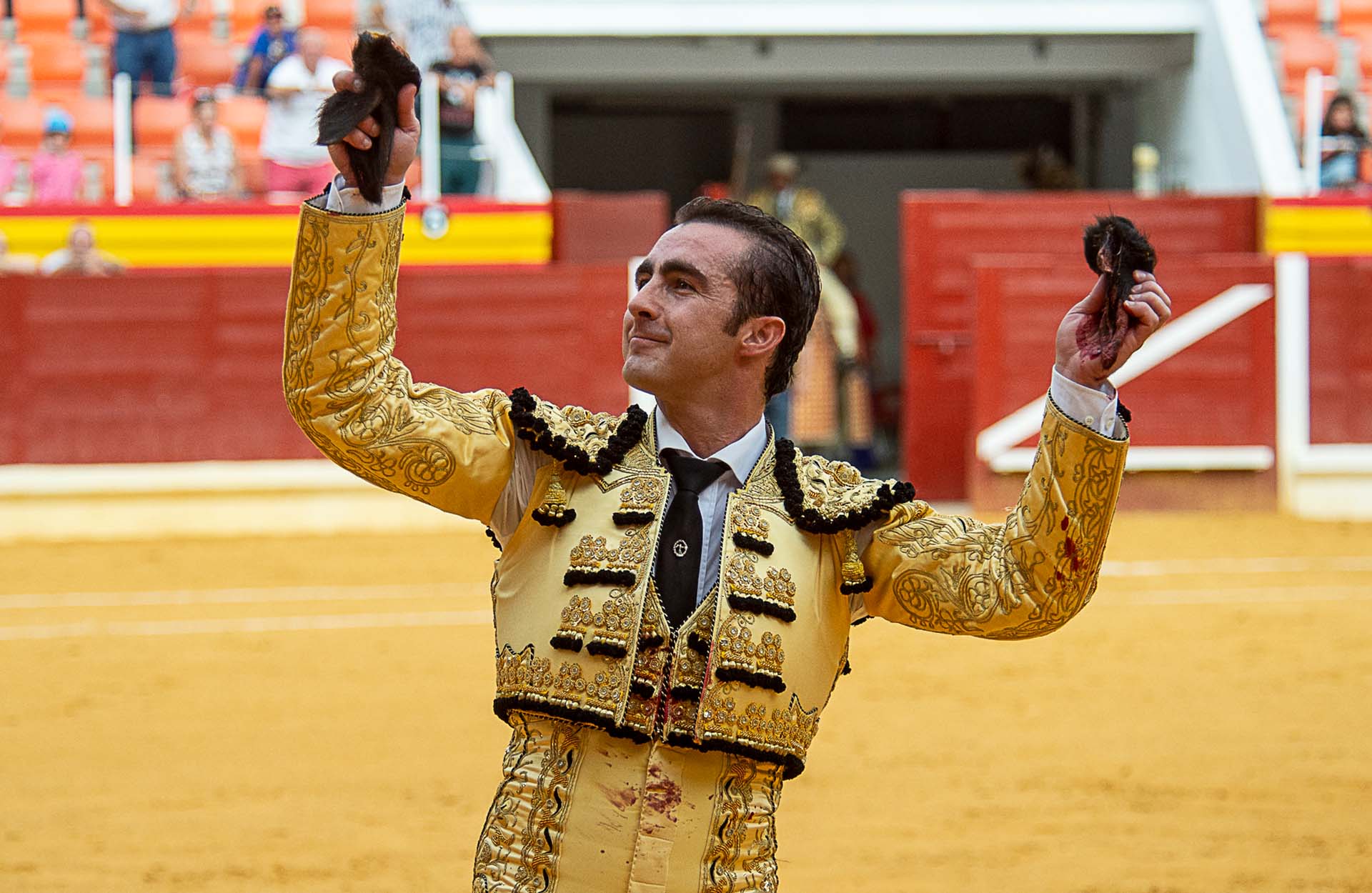
Granada: El Fandi – 25 Years as a Pillar of Local Pride
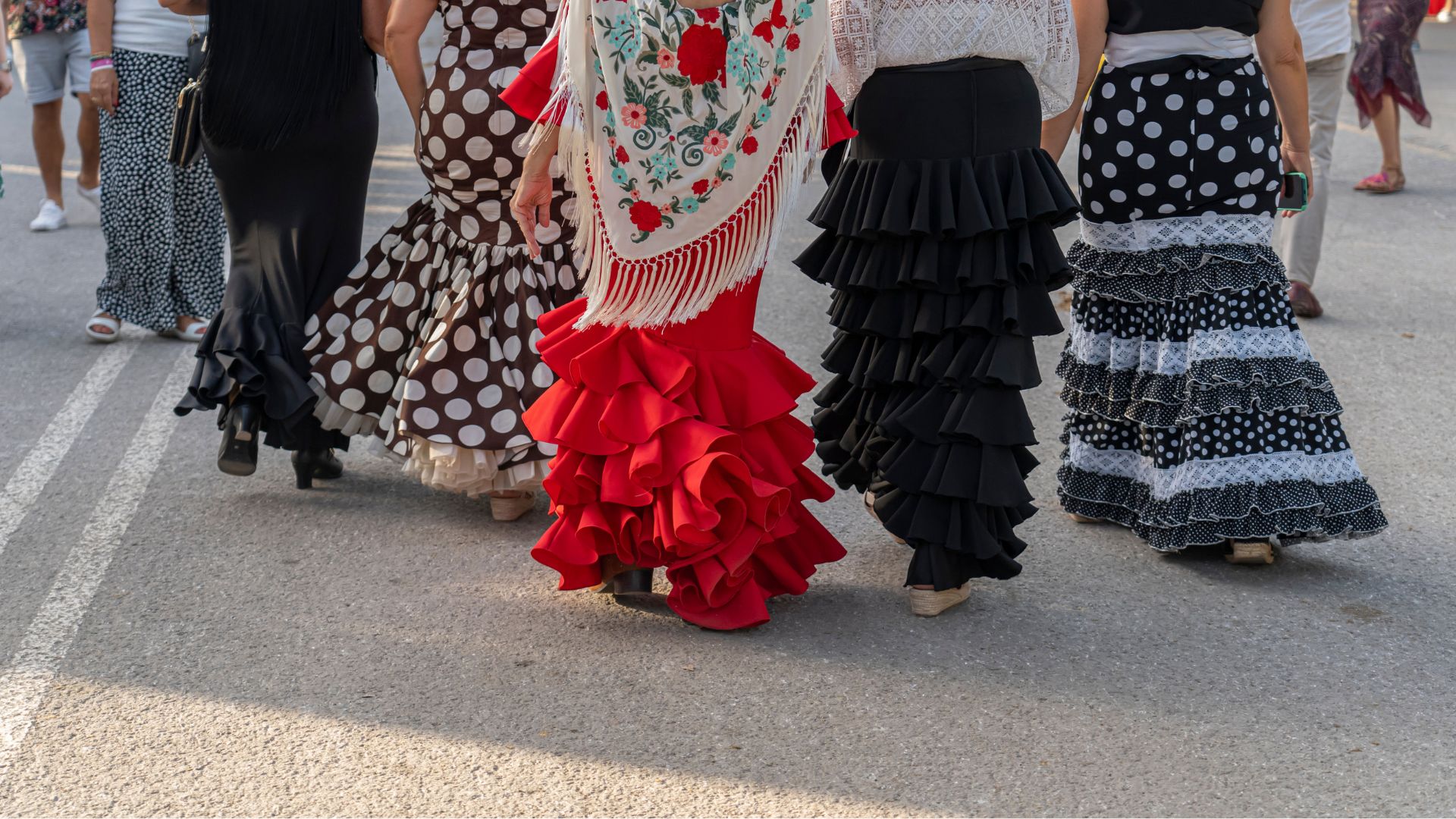
Corpus Christi Fair of Granada, the City’s Main Festival
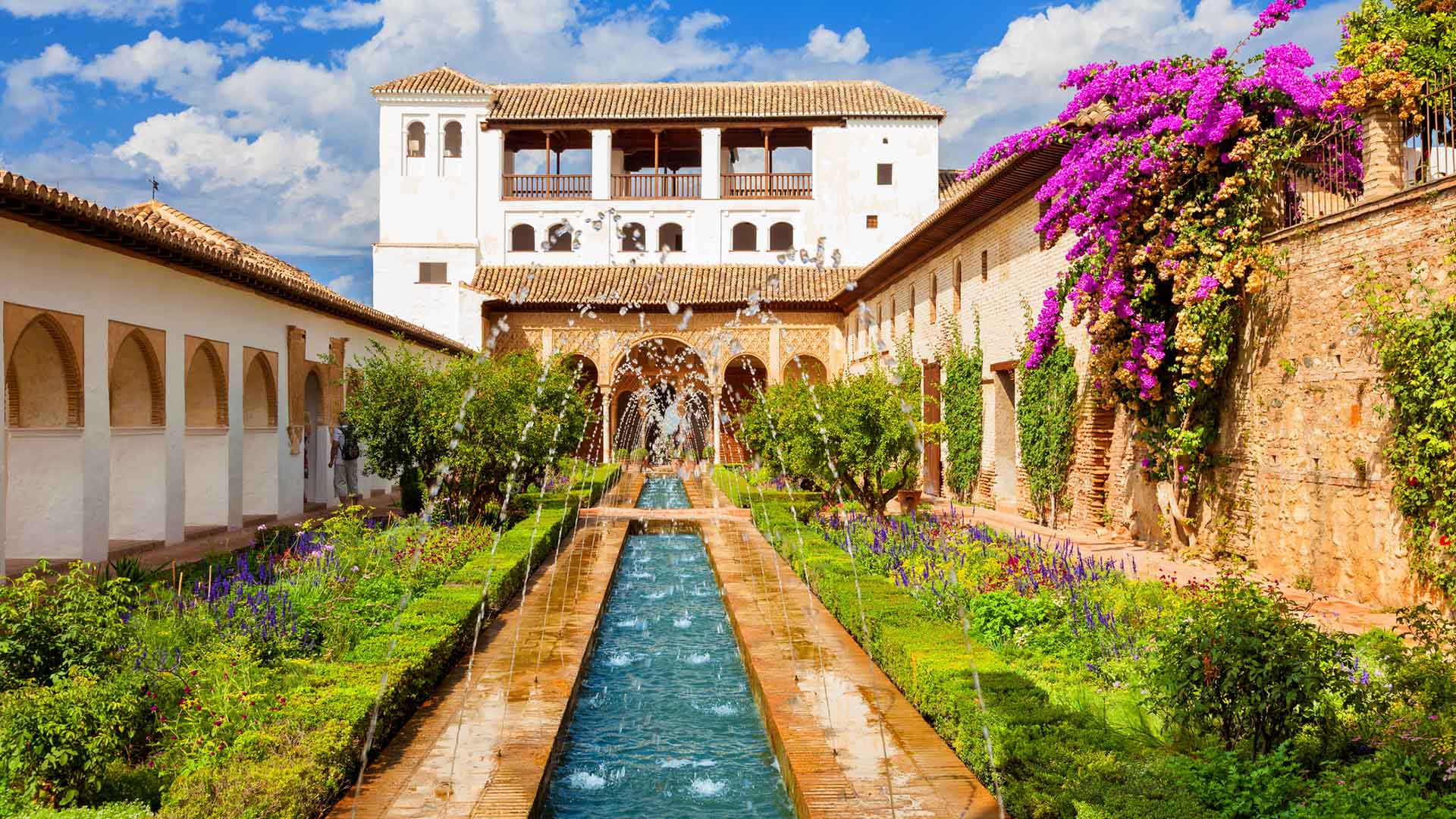
Granada Tourism. So you are thinking about coming to Granada. You are in the right site!
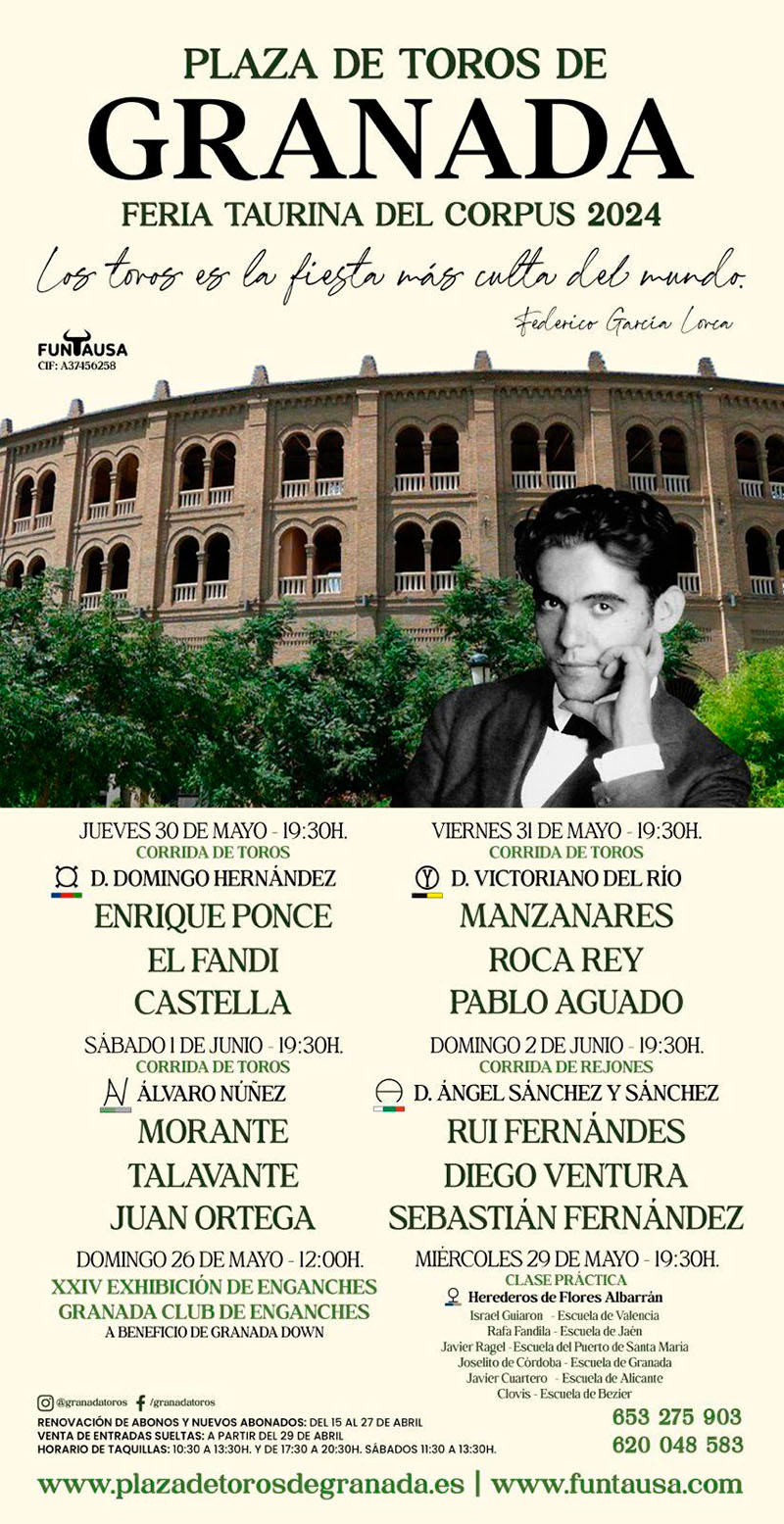
Bullfighting poster Granada 2024
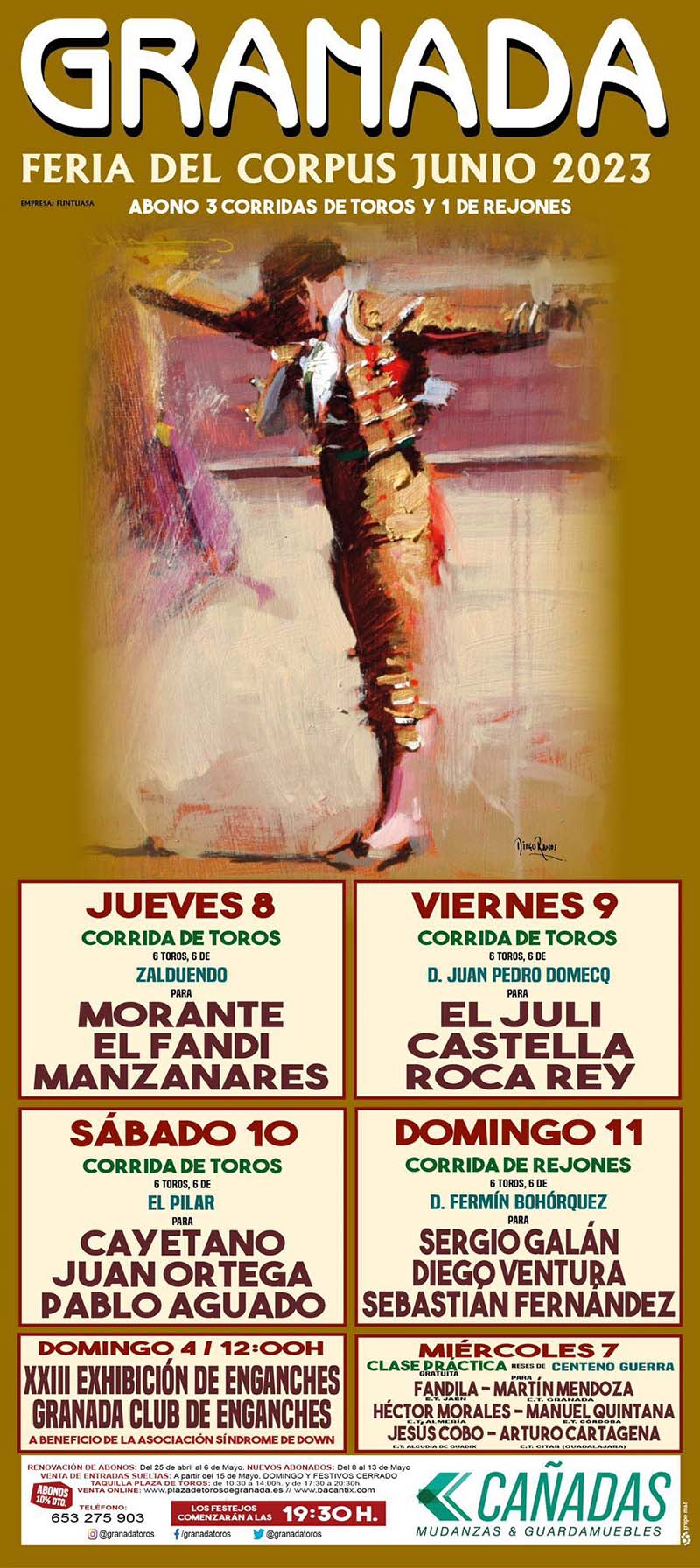
Bullfighting poster Granada 2023
